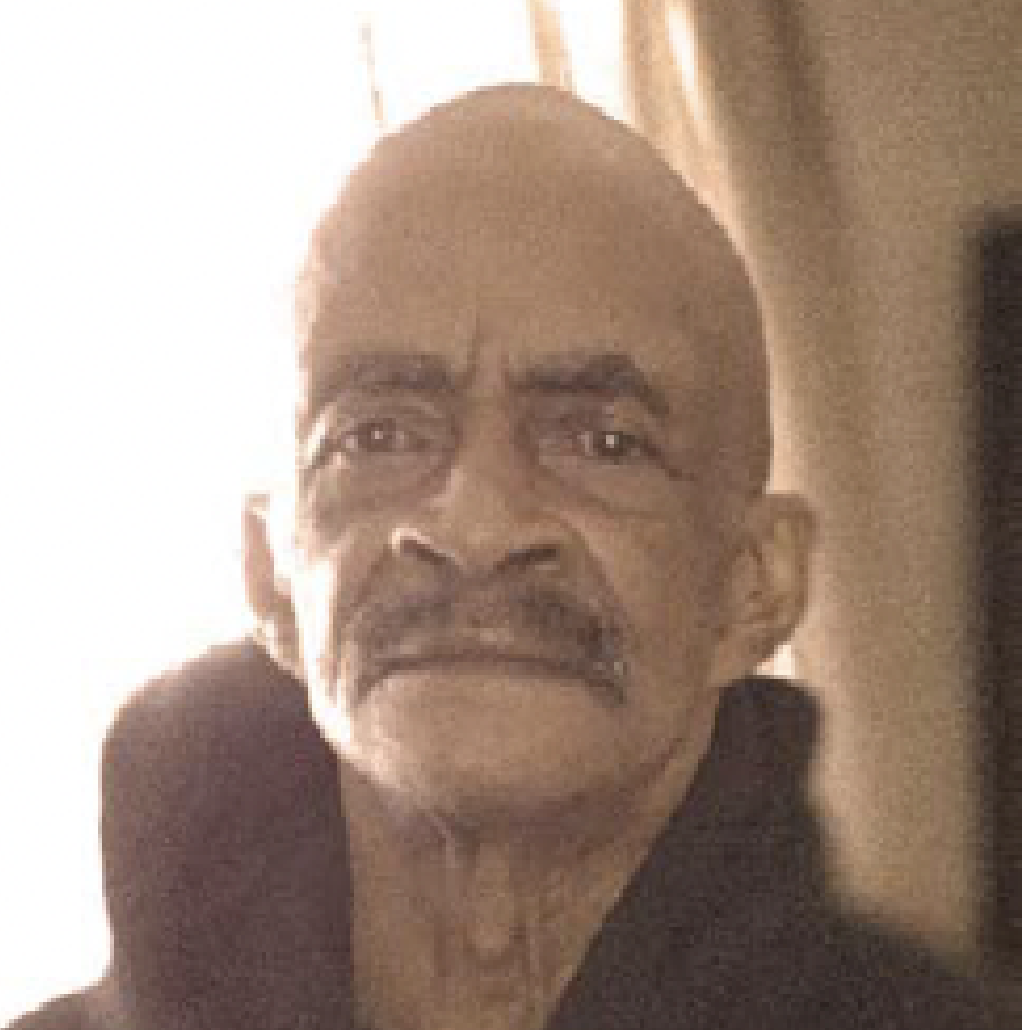Introduction
$600,000. Imagine how an annual investment of $600,000 could change a kid’s life. New Jersey invests this amount to incarcerate each kid in its failed youth prisons1 in which a Black youth is 18 times more likely to be incarcerated than a white youth2 — the worst racial disparity in America, even though Black and white youth commit most offenses at similar rates. As of February 9, 2022, there were 102 youth who were incarcerated in state prisons – 64% Black, 21% Hispanic and 11% white. Over the past decade, New Jersey has invested over half a billion dollars in its shameful youth incarceration system. That is enough to provide free in-state tuition at Rutgers University for nearly 40,000 students or increase New Jersey’s support for violence intervention programs nearly thirty-fold. Incredibly, this outrageous expenditure will go to youth prisons that are nearly 80% empty, do not rehabilitate our youth, expose them to unsafe conditions and separate them from their families and loved ones. In January 2018, following advocacy from the 150 Years is Enough campaign, former Governor Chris Christie announced the closure of two of New Jersey’s three youth prisons. In October 2018, following Governor Christie’s announcement and advocacy by the Institute and its partners, Governor Phil Murphy created the Task Force for the Continued Transformation of Youth Justice in New Jersey. This task force consisted of numerous parties – including representatives from state agencies and advocacy organizations – and was charged with overhauling the state’s broken youth justice system. Yet, despite the system’s failures, a pandemic, a national reckoning on race, no youth prisons having yet closed and almost four years after its initial charge, the task force released its report recommending the construction of new youth prisons. This recommendation was made over the objections of several social justice organization task force members – including the Institute, NAACP New Jersey State Conference, Latino Action Network and Salvation and Social Justice – and those of the over 900 community members that attended the task force’s public hearings. Rather than building up our young people, New Jersey is investing outrageous sums of money in harmful youth prisons that should have been closed years ago and considering making the same mistake again.
And what about the other costs of youth incarceration? Is the cost of incarceration only the dollars and cents that it takes to lock up a child? What about the cost of lost opportunities? How do we put a cost on the youth that does not become a doctor but instead finds herself trapped in a never-ending cycle of recidivism? How do we quantify the loss of hope and aspiration in that young person? How can we quantify what despair costs the soul of our youth?
$600k to Damage Our Kids Forever: A Youth Incarceration Disaster draws from the stories of currently and formerly incarcerated youth, their parents, community members, attorneys, advocates and other professionals – centering their experiences to identify the panoply of costs – financial and otherwise – that incarceration inflicts upon youth, families and the state. First, this report will explore the costs of incarceration including the costs to individual youth, the costs to families, the cost to the State of New Jersey and the intangible costs of incarceration. Second, the report will recommend ways that New Jersey can reduce the costs of incarceration for youth.’ These recommendations include the following:
- The Murphy administration should announce a timeline for closing New Jersey’s three youth prisons.
- New Jersey should codify youth justice transformation into law by reintroducing and passing the New Jersey Youth Justice Transformation Act.
- New Jersey should successfully implement the Restorative and Transformative Justice for Youths and Communities Pilot Program and expand it statewide.
- New Jersey should prevent youth prosecuted as adults from being issued fines and fees, must eliminate outstanding fines and fees in their cases and eliminate outstanding public defender fees for youth.
Through these recommendations, New Jersey can finally put an end to its broken youth incarceration system – and its related costs. More than a century and a half ago, Frederick Douglass famously argued that “It is easier to build strong children than to repair broken men.” Douglass’s words echo today across New Jersey with eerie precision. It is past time to invest in building up our kids, not in prisons for them.



